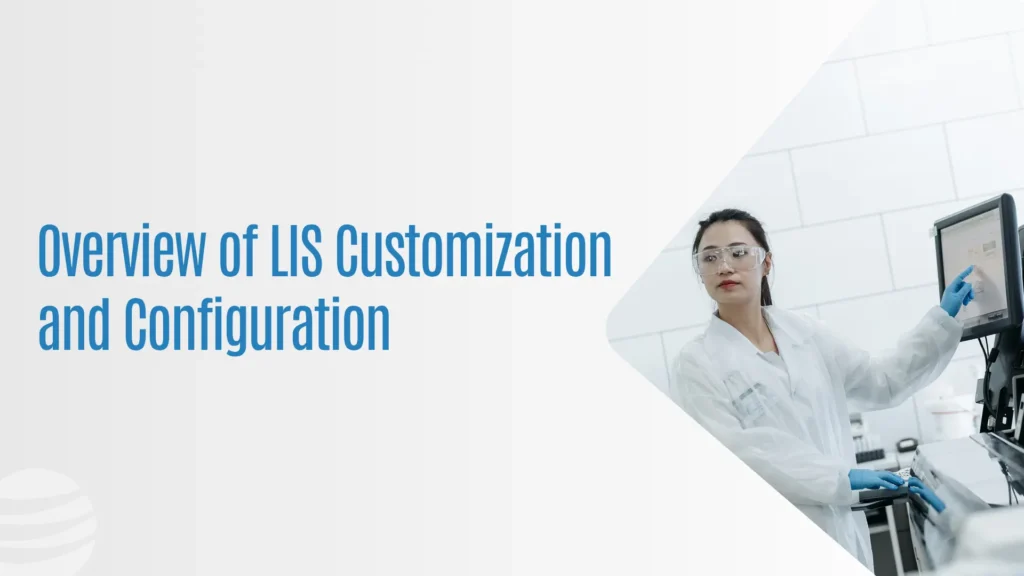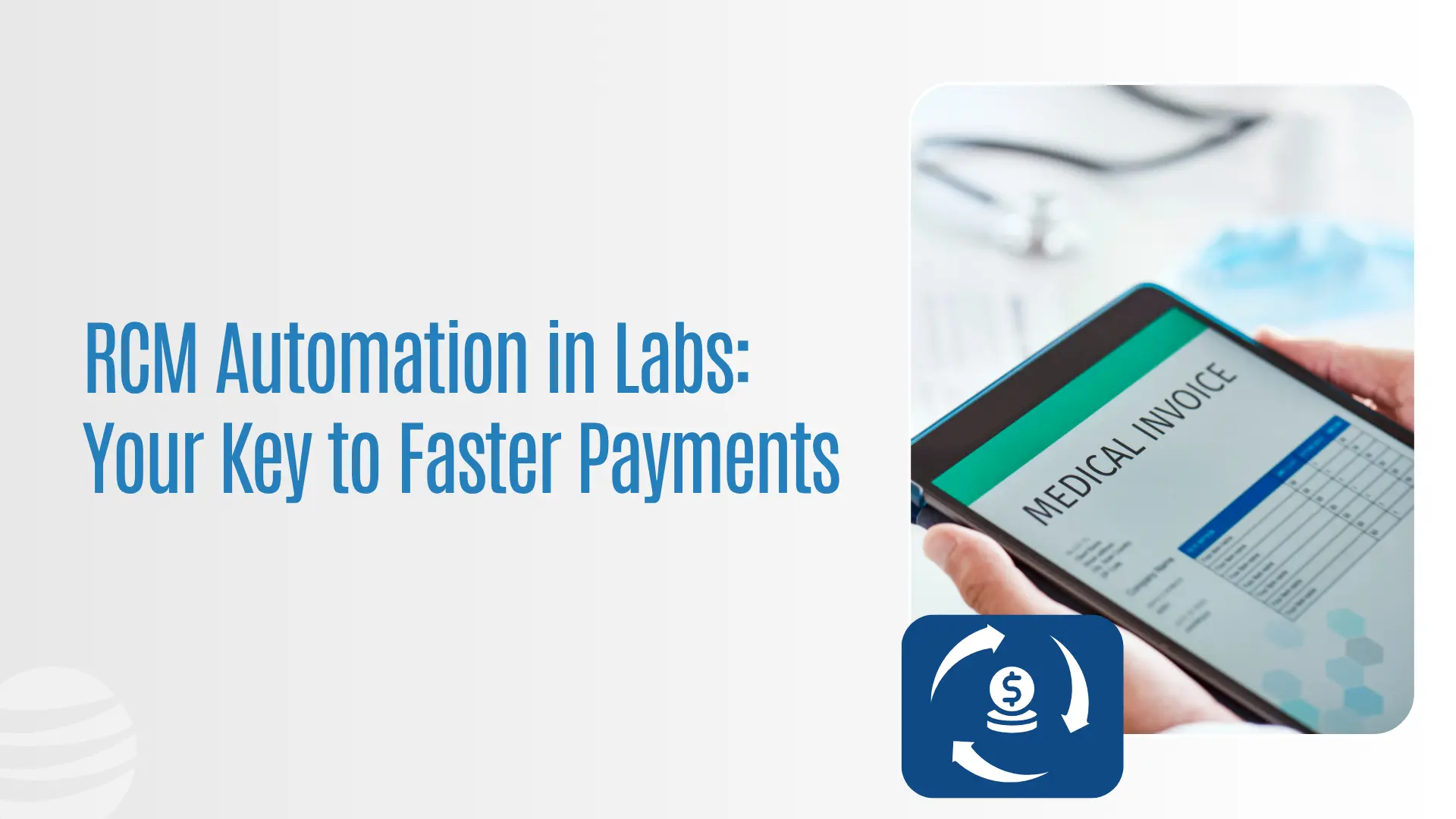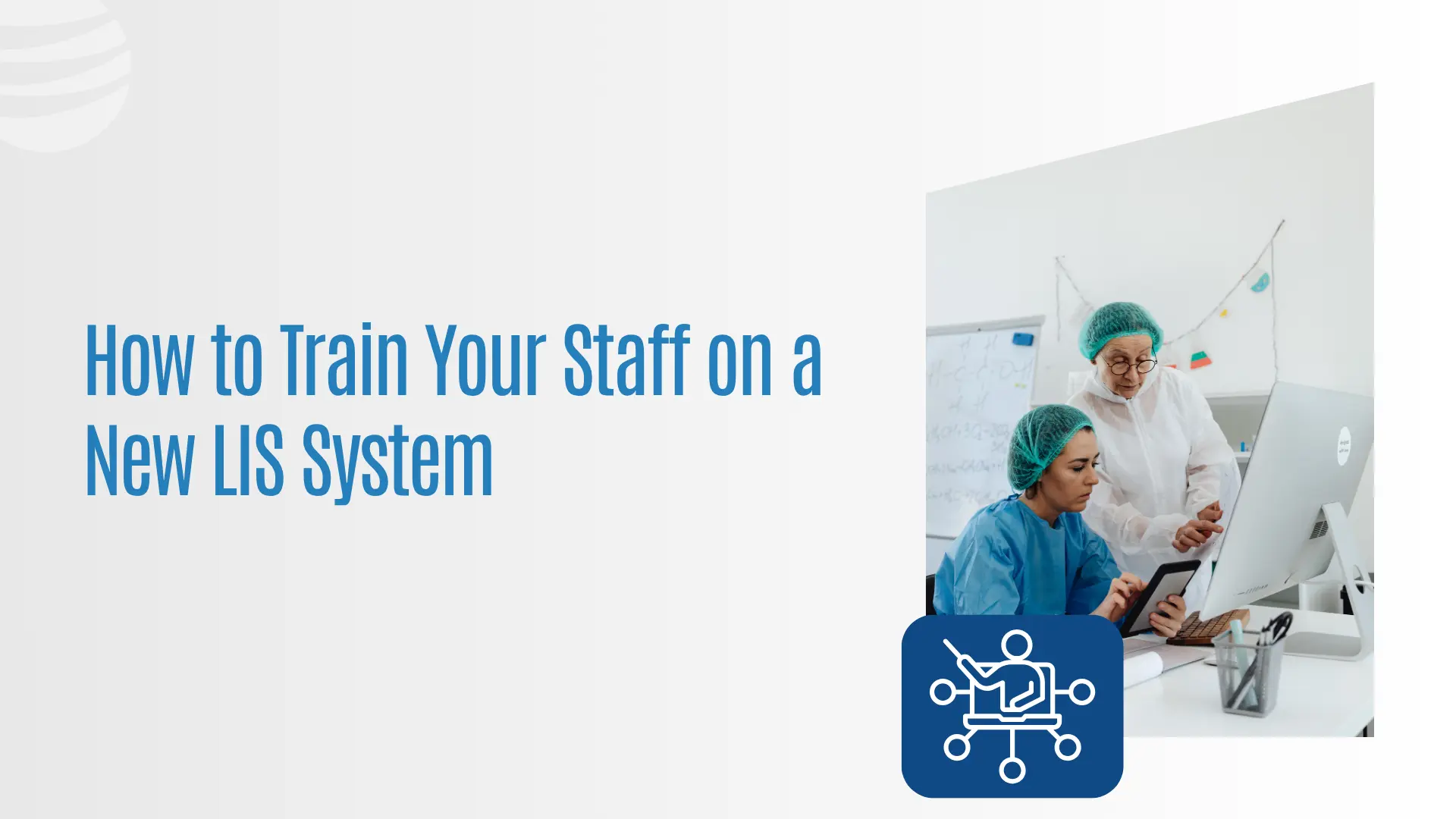A Overview of LIS Customization and LIS Configuration
Introduction: Why Flexibility in an LIS Matters
Every laboratory is different. Even labs in the same specialty like clinical chemistry or toxicology often use different instruments, serve different patient populations, and report results in slightly different ways. That’s why a one-size-fits-all Laboratory Information System (LIS) often falls short.
The most successful labs run on systems that adapt to their workflows, not the other way around. This is where LIS customization and LIS configuration come into play.
In this guide, we’ll break down what these terms actually mean, how they affect your lab’s operations, and what to look for when evaluating a flexible LIS like Prolis.
What Is LIS Configuration?
Configuration refers to the set of changes or preferences you can make within the existing structure of the LIS, without altering the source code.
Think of it like setting up a new smartphone: You can change the wallpaper, choose how notifications appear, select your language, and rearrange your apps. You’re not rewriting the operating system you’re adjusting it to fit how you work.
Common Examples of LIS Configuration:
-
- Enabling or disabling modules (e.g., QC, billing, reporting)
- Setting user permissions by role or department
- Defining reference ranges for specific tests
- Creating client-specific report templates
- Adjusting test workflows (e.g., auto-verification rules)
- Setting up instrument interfaces using prebuilt protocols
- Integrating billing rules by payer or state
- Selecting default order sets by specialty
Configuration allows labs to tailor their software without a developer often during onboarding or with guided support.
Key Benefits of Configuration:
-
- Speed: Most configuration happens during implementation
- Cost-effective: No custom coding or development fees
- Low-risk: Minimal chance of breaking system logic
- Scalable: New clients or test types can be added easily
- Upgradable: System updates are smoother with less conflict
In modern LIS platforms like Prolis, configuration covers ~80–90% of what most labs need to adjust.
What Is LIS Customization?
Customization involves changing the actual code or architecture of the LIS to introduce new functionality or behavior not available in the standard version.
Unlike configuration, customization is more like hiring a developer to build you a new app feature it’s powerful, but requires more oversight.
Examples of LIS Customization:
-
- Creating a new results module for a specialized test
- Developing a non-standard HL7 interface for a legacy EMR
- Building a multi-lab dashboard for cross-site specimen routing
- Modifying how result calculations are done for research protocols
- Embedding AI-based decision rules or flagging algorithms
- Creating a new user interface or report format beyond what’s offered
Customization is sometimes necessary for highly specialized labs but it comes with tradeoffs.
Risks and Considerations:
-
- Higher cost: Custom development is often billed separately
- Longer timelines: Complex builds require QA and testing
- Maintenance burden: Customized systems are harder to upgrade
- Dependency: You may need the vendor’s team for every future change
That’s why most labs should prioritize configurable LIS platforms first and only seek customization when absolutely required.
LIS Configuration vs. Customization: A Practical Comparison
| Category | Configuration | Customization |
|---|---|---|
| Who performs it? | Implementation team or end user | Developers or software engineers |
| Time to deploy | Days to weeks | Weeks to months |
| Cost | Often included in onboarding | Additional charges |
| Risk level | Low | Moderate to high |
| Affects future upgrades? | Rarely | Often |
| Ideal for | 80% of lab needs | Edge cases or unique workflows |
Prolis is built on a highly configurable framework which means most toxicology, clinical, and reference labs never need deep customization. But we support both, and we help you determine what’s actually necessary for your goals.
Why Labs Ask for Customization (When They Don’t Always Need It)
It’s common for labs evaluating new software to ask: “Can you customize this for our workflow?”
The reality is, most of what labs think they need to customize can be solved with good configuration and smart onboarding.
For example:
- Instead of custom report formatting, use dynamic template rules per client
- Instead of building a custom test module, use flexible test dictionary logic
- Instead of coding a new interface, use standardized HL7/FHIR profiles
- Instead of reworking the user interface, use user-role-based dashboards
With Prolis, most labs go live with fully tailored workflows without writing a single line of code.
What to Look for in a Configurable LIS Platform
If you’re evaluating LIS platforms for a new implementation or replacement, focus on these configuration capabilities:
1. Client-Specific Test Panels & Reports
Can you set different panels and result formats by provider or account?
2. Rule-Based Workflow Engine
Can you auto-verify based on test results, instruments, or QC status?
3. Instrument & EMR Interfaces
Can you configure interfaces without needing hard-coded connections?
4. Role-Based Access Controls
Can users only see or edit what they’re supposed to?
5. Multi-Site Management
Can your LIS manage multiple locations or departments with localized rules?
6. Customizable Notifications
Can you control alerts, escalations, or result flags based on thresholds?
7. Visual Report Builder
Can you design reports with your logo, layout, and interpretation logic?
8. No-Code/Low-Code Extensions
Can you extend the LIS using configurable modules or APIs?
These features are standard in Prolis designed to help labs get the system they need without costly development cycles.
When Customization Is the Right Move
There are valid cases where customization is necessary:
- You run a novel or research-based test with no commercial LIS support
- You need to comply with highly specific regulatory formats
- You must build proprietary integrations with older, non-HL7 systems
- You’re building a lab network that needs centralized data orchestration
In these cases, Prolis offers structured custom development, with clear scope, QA, and version control so your lab doesn’t compromise stability.
How Prolis Balances Configuration and Customization
Prolis is designed to maximize configuration first, and offer customization when needed. That means:
- Faster onboarding
- Lower cost of ownership
- Easier updates and scaling
- Minimal vendor dependency
- Greater long-term flexibility
From onboarding new toxicology clients to scaling a multi-site lab group, Prolis gives you the tools to evolve your system not rebuild it.
Final Takeaway: Future-Proof Your Lab with Configurable Infrastructure
As lab testing becomes more complex, your LIS must adapt. But adaptation doesn’t always require custom coding.
Modern LIS platforms like Prolis offer deep configurability allowing you to change workflows, customize outputs, and scale without friction.
When customization is needed, we support it but we always start with a strategy that keeps your system flexible, affordable, and upgrade-ready.
If your current LIS forces you to work around its limitations, it’s time to rethink your software not your workflow.
Want to see how configurable your LIS could be? 👉 Book a demo with Prolis today →





